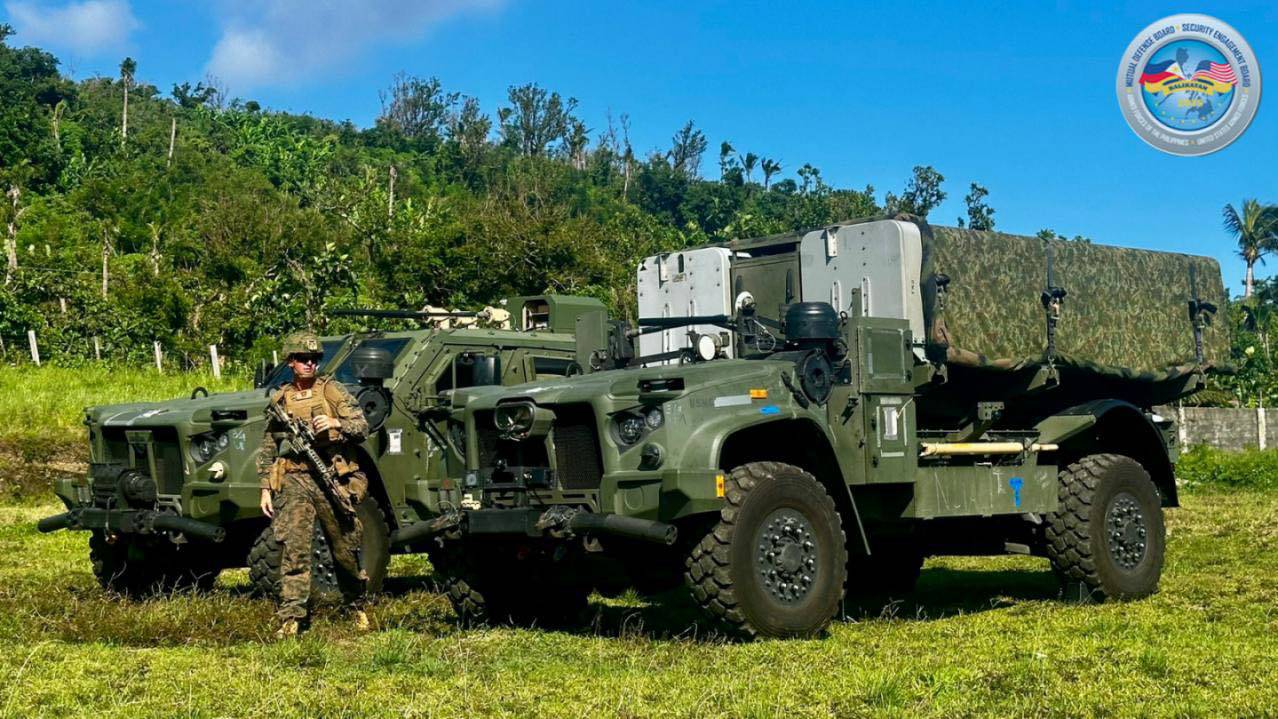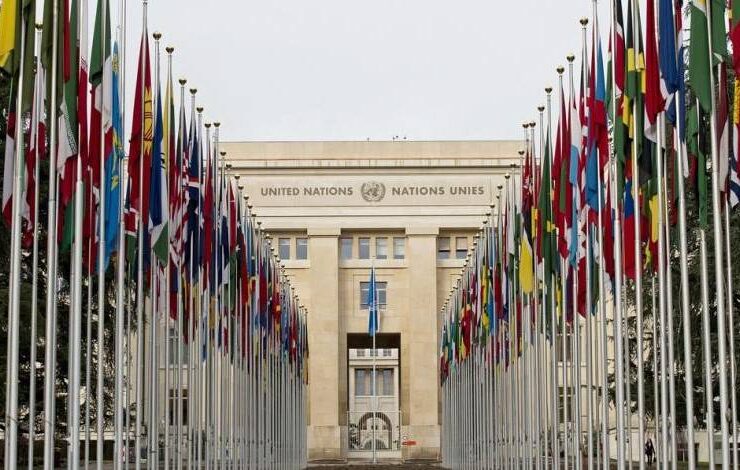NMESIS missile system to remain in PH–Navy

The United States’ antiship missile system NMESIS, or the Navy Marine Expeditionary Ship Interdiction System, will remain in the Philippines “for training purposes,” a Philippine Navy official said on Tuesday.
“This is to confirm that the NMESIS is still within the country and it will continue to be used by the Philippine Marine Corps for training purposes,” Navy spokesperson Capt. John Percie Alcos said at a press briefing in Taguig City.
“The NMESIS will remain here in our country for as long as training opportunities are still there for us, for us to use that particular military equipment so that our Marines can better conduct combined operations with their counterparts,” Alcos told reporters.
The antiship missile system arrived in the country in April for the annual “Balikatan” military exercises between Filipino and American troops. It is currently being kept in an undisclosed location “due to operational security,” Alcos said.
It was again used in Batanes in May for the Kamandag exercises between the Philippine and US Marines.
Alcos said the original plan to use the NMESIS for a live fire exercise during Kamandag did not push through due to safety precautions.
“However, we simulated the firing. So we were able to make the most out of the training opportunity of having the NMESIS here,” he added.
The highly mobile coastal antiship missile system is designed to strike surface vessels from land-based positions at a distance of about 185 kilometers.
In April last year, the US also deployed its “Typhon” midrange missile to Manila for the Balikatan exercises. It has remained in the country since, leading to protests from China which has called for its withdrawal.
Deterrent vs illegal actions
“The presence of the NMESIS in our country is only a deterrent to anybody who intends to conduct illegal, coercive, aggressive and deceptive actions against the Philippines. Otherwise, it’s just military equipment that we use for training,” Alcos said.
In the same briefing in Taguig, Philippine Army chief Lt. Gen. Roy Galido said there was a plan to acquire the Typhon missile system or a similar platform.
“It’s still our desire to have one, and we have proposed to have a similar, if not that platform, within the inventory of the Army,” Galido said.
Armed Forces of the Philippines chief Gen. Romeo Brawner Jr. earlier said the military would procure more missile systems, warships and fighter jets to boost the country’s deterrence force.
The Philippines has further strengthened its military partnership with the United States and other allies following China’s growing presence in the West Philippine Sea.
Swarming ships
The Armed Forces of the Philippines said on Tuesday that a total of 41 Chinese vessels, including warships, were spotted in the West Philippine Sea (WPS) in May, as Beijing continued to ignore calls to withdraw ships from the country’s exclusive economic zone.
According to the AFP, 15 China Coast Guard (CCG) vessels and 11 People’s Liberation Army Navy (PLAN) ships were monitored at Panatag (Scarborough) Shoal; six CCG vessels and one PLAN ship at Ayungin (Second Thomas) Shoal; and four CCG vessels and four PLAN ships on Pag-asa Island.
China seized control of Panatag, a small ring of reefs 220 kilometers west of Zambales, after a standoff with the Philippine Navy in 2012.
Ayungin, which is about 200 kilometers from Palawan province, is where the BRP Sierra Madre has been deliberately grounded by the Philippines since 1999, while Pag-asa is a Philippine-occupied island at the outskirts of WPS with 389 Filipino inhabitants.
The AFP said 15,765 vessels—12,608 of which were foreign ships—were monitored across the archipelago in May. It added that 1,349 vessels did not respond to radio challenges.
AFP spokesperson Col. Francel Margareth Padilla said in the press briefing that these vessels “were not permanently positioned but may have passed through designated monitoring zones as part of their transit.”
Navy spokesperson for the WPS Rear Adm. Roy Vincent Trinidad, on the other hand, responded to the statement of the Chinese embassy in Manila that external forces must not interfere in the maritime dispute between Manila and Beijing.
“The statement that no foreign power should interfere in the West Philippine Sea is very true,” Trinidad said.
“It is for the same reason that the Chinese Communist Party and their agents in the maritime domain, the PLA Navy, the Chinese Coast Guard and the maritime militia should leave the maritime zones of the Philippines,” he added.





















